Hot Air and Fluff
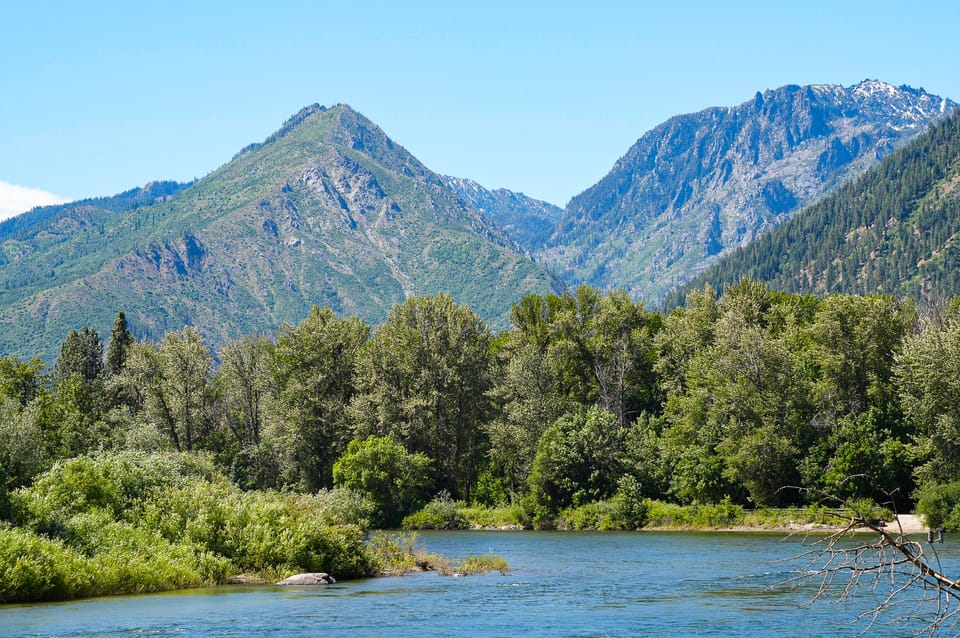
Today is the first Presidential Debate of 2024, so I thought we could focus on the topic of hot air and fluff.
Almost everyone in North America is familiar with the spectacle of looking outside on a hot, windy day and noticing that the air is thick with drifting white fluff. In parts of the American West, where I've spent my life, these days are like a rite of passage, and for allergy sufferers they are a kind of living hell.
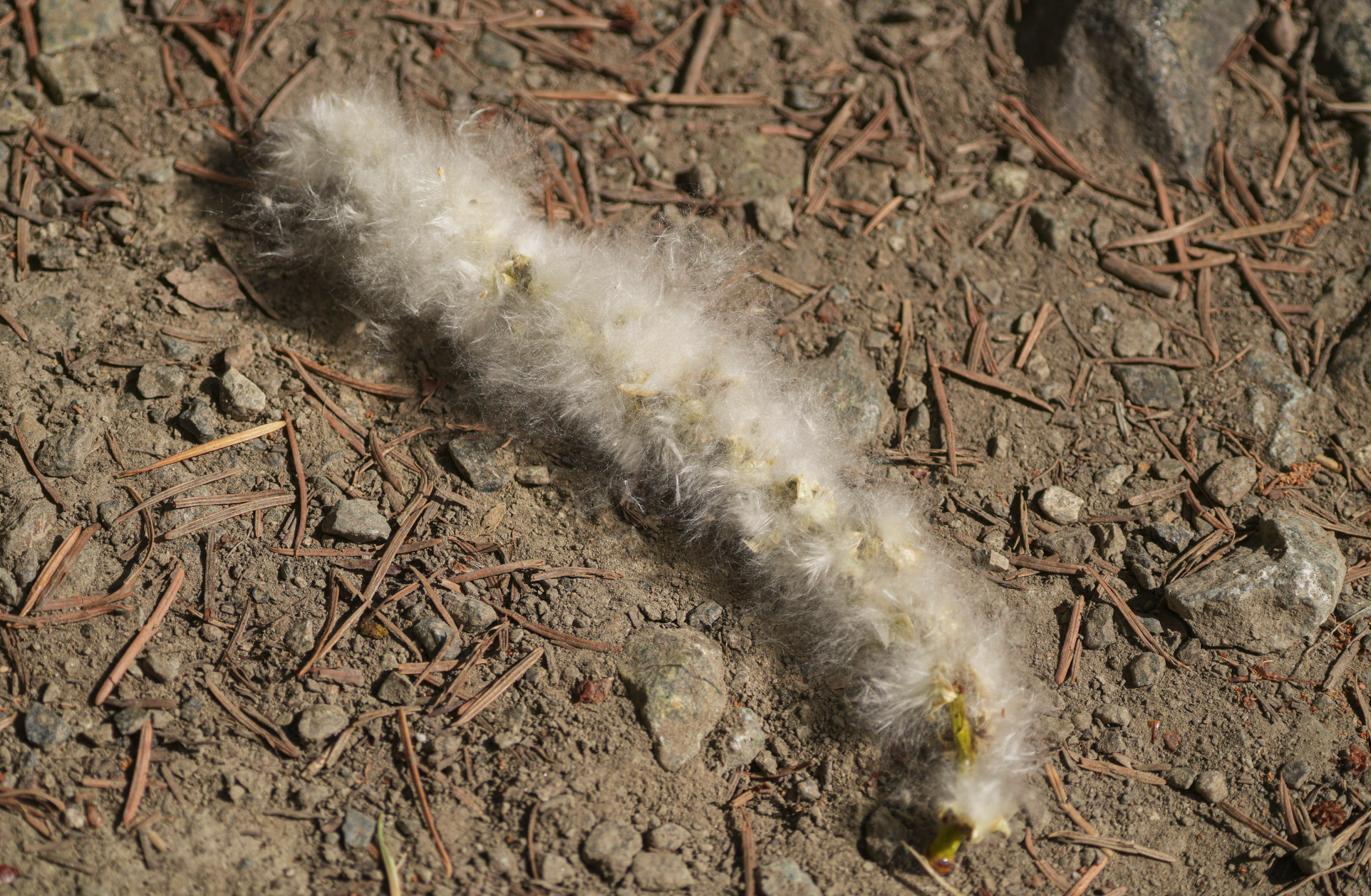
As you probably already know, these are the wind-blown seeds of cottonwood trees in the genus Populus. A single, large cottonwood tree can produce millions of seeds, with each microscopic seed being carried by a tuft of white cotton and accumulating in thick piles along roads and among grasses.
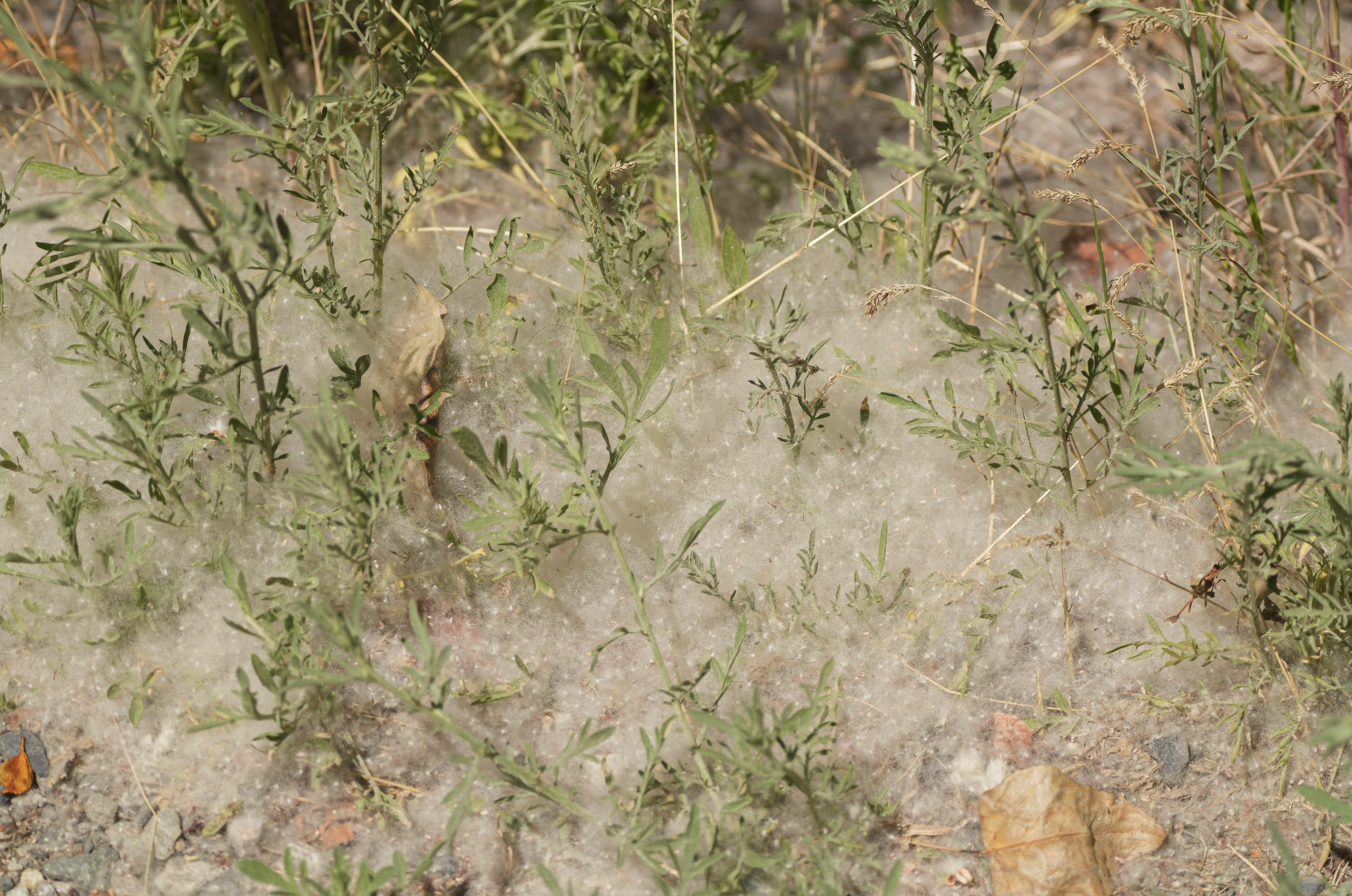
These seeds require very specific, very hard-to-find conditions in order to germinate, plus baby cottonwoods cannot survive in the shade of their parents, so each female tree disperses as many seeds as she can, and as widely as she can.
Carried by stiff breezes, cottonwood seeds can travel up to 20 miles, and seeds lucky enough to land on persistently wet soils might get to germinate. In fact, the ideal conditions for cottonwood seeds are the narrow strips of bare soils newly exposed along river edges as spring runoff begins to subside.
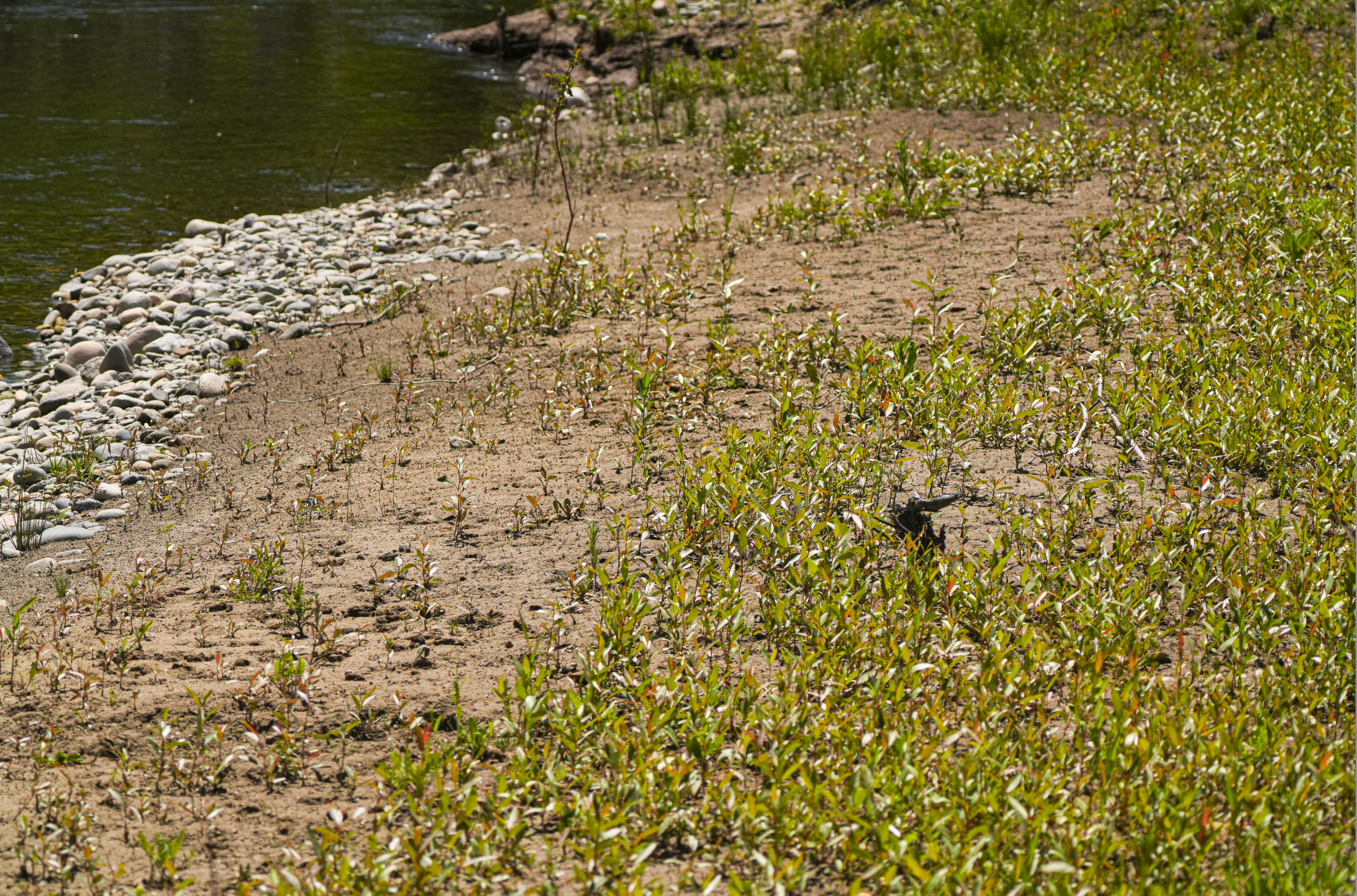
Once established, cottonwood seedlings grow very quickly, not only because they will die if they become shaded by other faster-growing cottonwood seedlings, but also because many cottonwoods live a mere 25-30 years before being toppled by high winds or spring floods.
In that brief flash of a lifetime, however, cottonwoods play an outsized role in the ecology of riverside habitats. For example, across much of the arid West, cottonwoods are often the primary, and most important, trees found along rivers. They cycle water and nutrients, hold soils, provide shade and food for countless animals, and add physical structure to a river when they fall into the water.
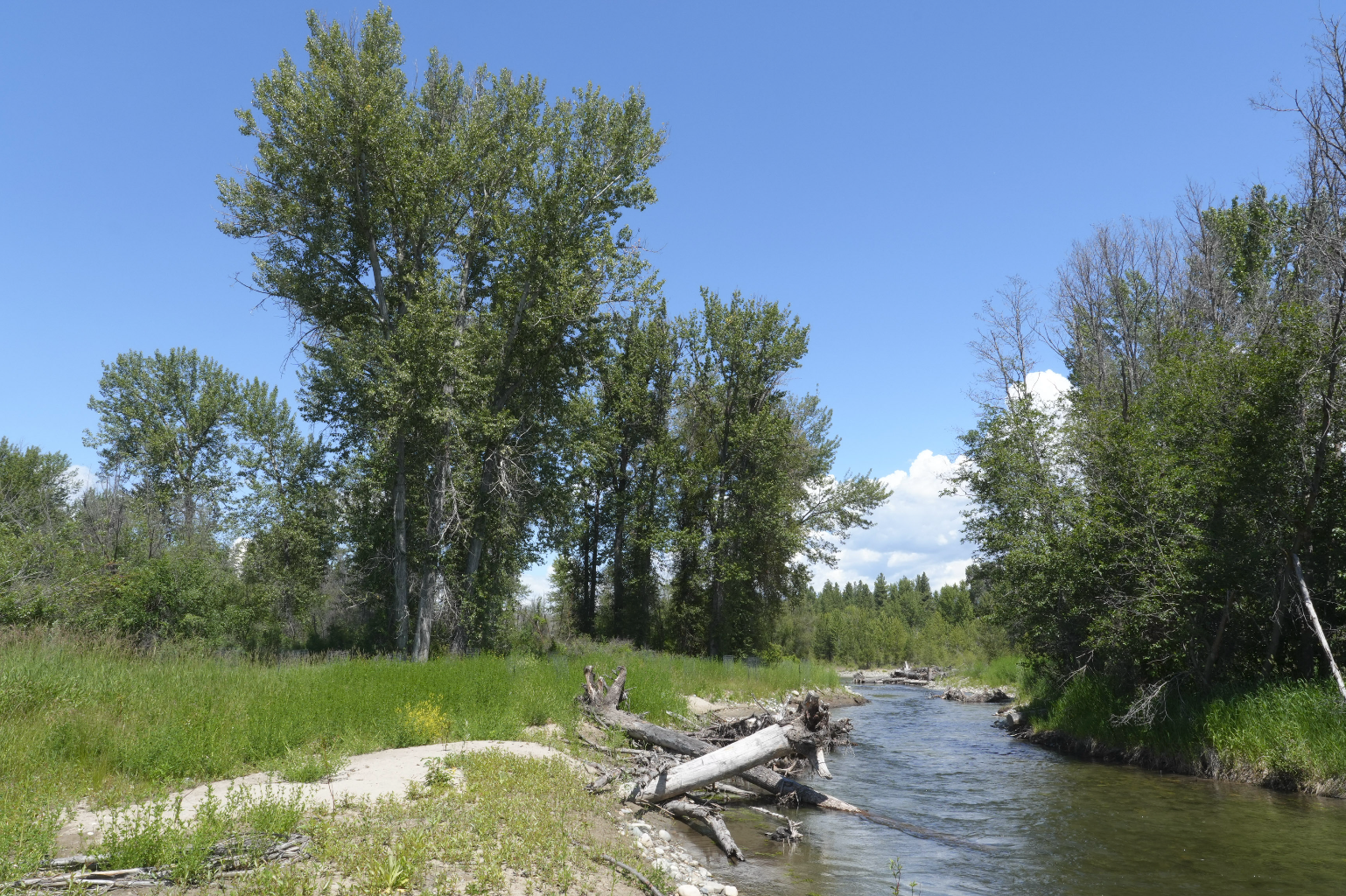
Cottonwoods also figure prominently for humans as well. The sight of distant cottonwoods can signal the presence of shade and (hopefully) water for a weary traveler. And cottonwoods have long been a foundation for many native peoples.

Although most people only notice cottonwood trees when their fluffy seeds blow around on hot days, cottonwood trees are actually a foundational pillar in the landscape, and they deserve to be celebrated.
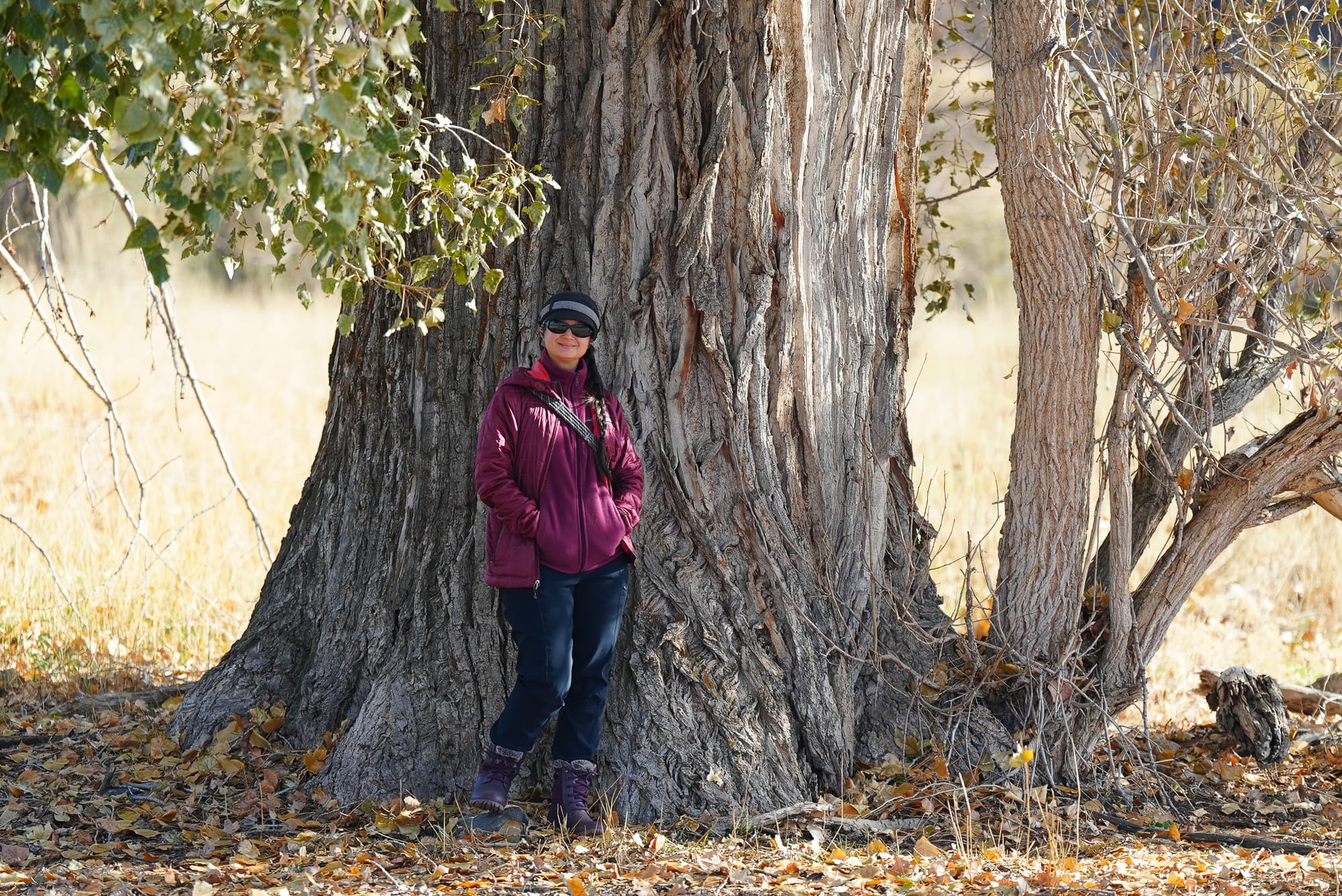

Member discussion